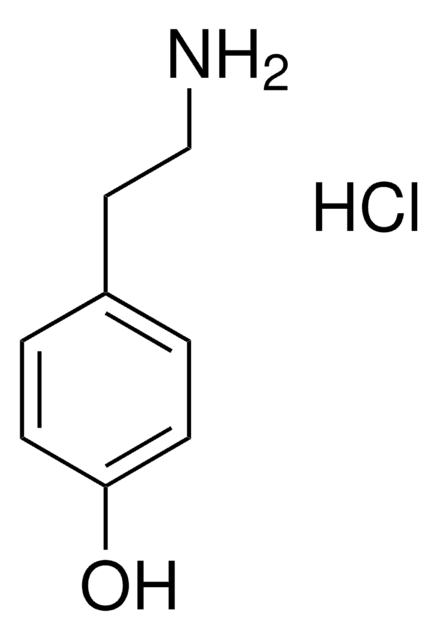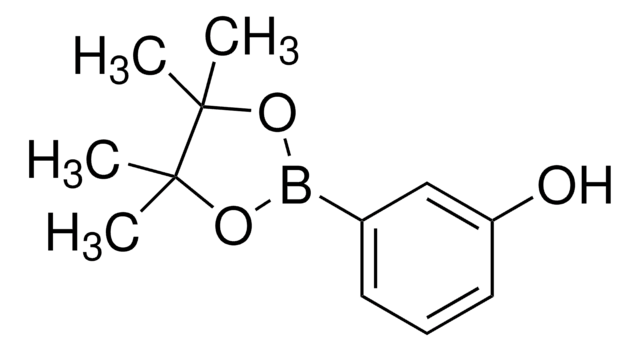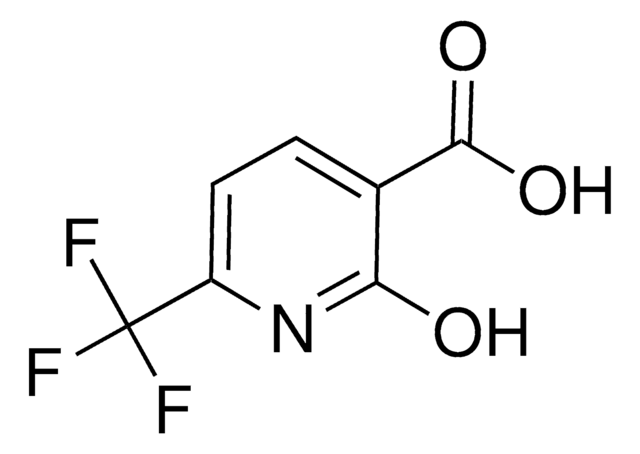52983
Spermine tetrahydrochloride
Pharma Manufacturing
Synonym(s):
N,N′-Bis(3-aminopropyl)-1,4-butanediamine tetrahydrochloride
About This Item
Recommended Products
biological source
synthetic
Quality Level
Assay
99.0-101.0% (wt., AT)
form
powder
composition
carbon content, 32.8-36.2%
nitrogen content, 15.3-16.9%
impurities
≤5000 mg/kg residual solvent (ethanol)
≤890 mg/kg residual solvent (toluene)
mp
310-311 °C (dec.) (lit.)
solubility
H2O: 1 g/10 mL, clear, colorless (< 3.5 NTU)
cation traces
Al: ≤25 mg/kg
Cr: ≤2.5 mg/L
Cu: ≤25 mg/kg
Fe: ≤130 mg/kg
Ni: ≤2.5 mg/kg
Zn: ≤130 mg/kg
suitability
suitable for manufacturing use
SMILES string
Cl.Cl.Cl.Cl.NCCCNCCCCNCCCN
InChI
1S/C10H26N4.4ClH/c11-5-3-9-13-7-1-2-8-14-10-4-6-12;;;;/h13-14H,1-12H2;4*1H
InChI key
XLDKUDAXZWHPFH-UHFFFAOYSA-N
Looking for similar products? Visit Product Comparison Guide
Application
Biochem/physiol Actions
Signal Word
Warning
Hazard Statements
Precautionary Statements
Hazard Classifications
Eye Irrit. 2 - Skin Irrit. 2
Storage Class Code
11 - Combustible Solids
WGK
WGK 3
Flash Point(F)
Not applicable
Flash Point(C)
Not applicable
Choose from one of the most recent versions:
Already Own This Product?
Find documentation for the products that you have recently purchased in the Document Library.
Our team of scientists has experience in all areas of research including Life Science, Material Science, Chemical Synthesis, Chromatography, Analytical and many others.
Contact Technical Service







